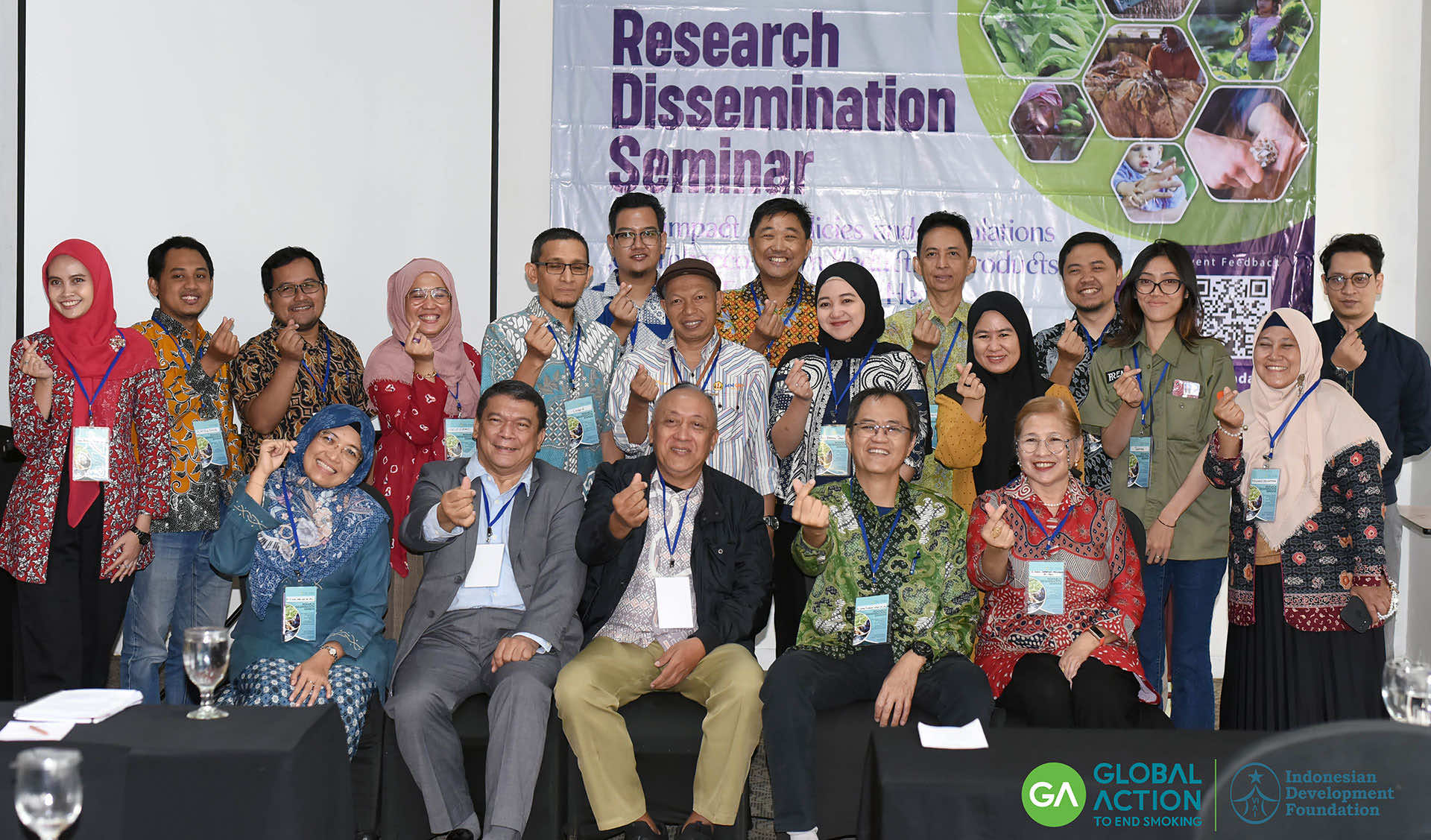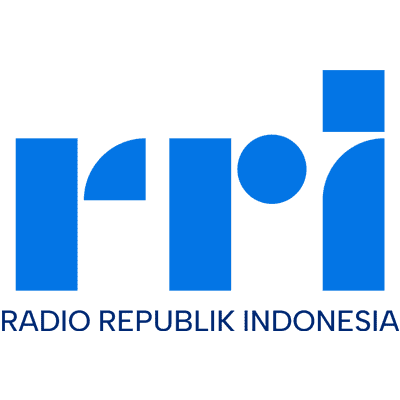RESEARCH DISSEMINATION SEMINAR - Bandung

“The impact of Policies and Regulations regarding Tobacco Harm Reduction Products on Smoking Trends, Public Health, and Economic Outcomes”
Indonesia, with a population of approximately 275.8 million people, is home to around 77.9 million adult smokers, which represents about 28.26% of the population in 2022. Despite the government's efforts to control tobacco use, data from the Ministry of Health shows that the prevalence of smoking among adults has not significantly declined. According to BPS Statistics, cigarette expenditures rank second only to spending on food and drinks, highlighting the high level of cigarette consumption.
The widespread smoking habit has led to increased health costs due to smoking-related diseases such as cardiovascular diseases (CVD), cancers, chronic respiratory diseases, hypertension, and diabetes. In response to the growing number of smokers and the associated health costs, several studies have explored Harm Reduction Strategies for active smokers. Research indicates that using low-risk products, such as electronic cigarettes, heated tobacco products (HTP), nicotine patches, and other alternatives, can significantly reduce health costs for smokers. These products contain lower levels of harmful substances, such as tar, which results from burning tobacco, and implementing a purchasing quota system could further support this reduction.
However, this harm reduction strategy is not yet part of Indonesia's tobacco control program. A survey conducted by the IDF Foundation shows that most Indonesian smokers are not familiar with harm reduction products and their potential benefits in reducing health risks.
The IDF Foundation plans to present research findings from a study involving 600 smokers across Indonesia. This study examined preferences for conventional cigarettes versus harm reduction products, considering variables such as price and tobacco flavor. The goal is to provide insights that can inform the development of more effective tobacco control policies in Indonesia.
Media coverages


